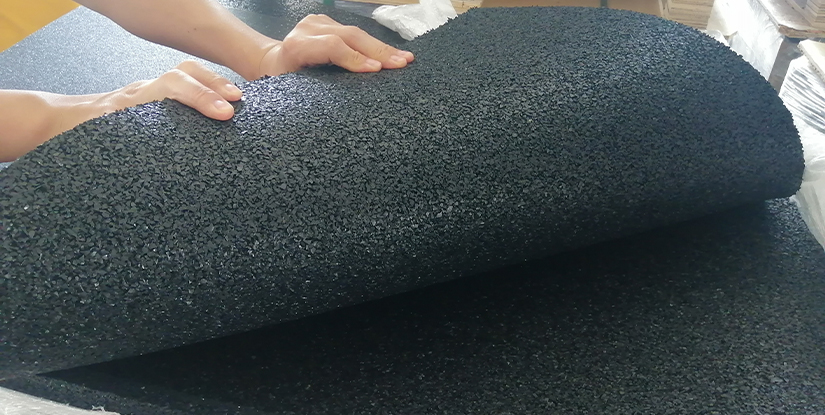Workout Floor Mats: Choosing, Caring, and Installing the Right Gym Flooring

Benefits of Workout Floor Mats
Workout floor mats provide essential protection and comfort for home and commercial training spaces. They reduce impact on joints, protect underlying flooring from damage, improve traction during dynamic movements, and dampen noise. For facilities that host diverse classes—weight training, yoga, HIIT—proper matting contributes to safety, performance, and equipment longevity.
Performance and Safety Advantages
Quality mats offer non-slip surfaces that reduce the risk of falls, while cushioning materials absorb shock generated by jumps and dropped weights. This cushioning lowers cumulative stress on knees, hips, and the spine, enabling longer, safer sessions.
Types of Workout Floor Mats
- Rubber Interlocking Tiles — Durable, high-impact protection ideal for weight rooms and heavy-equipment areas.
- Rolled Rubber Flooring — Seamless coverage for large spaces with excellent resilience and noise reduction.
- Foam Puzzle Mats — Lightweight and easy to assemble; best for light exercise, stretching, and children’s areas.
- Vinyl-Coated Mats — Water-resistant and easy to clean; often used in multipurpose studios.
- Yoga and Exercise Mats — Thin, portable mats optimized for bodyweight work and floor exercises.
Materials and Durability
Common materials include natural rubber, SBR (styrene-butadiene rubber), EVA foam, and PVC. Natural rubber excels in durability and eco-friendliness but costs more. SBR and EVA offer cost-effective cushioning but vary in lifespan. Choose material based on intended use: heavy equipment areas require dense rubber, whereas light training can use foam varieties.
Choosing Thickness and Density
Thickness correlates with impact absorption. For cardio and bodyweight workouts, 6–10 mm is sufficient. For free-weight and drop zones, 15–25 mm dense rubber provides protection. Density matters as much as thickness—high-density materials transmit less force to the subfloor.
Installation and Maintenance
Interlocking tiles are DIY-friendly; rolled flooring may need professional installation for large commercial spaces. Routine maintenance includes sweeping, damp-mopping with mild detergent, and periodic deep cleaning. Avoid harsh solvents and prolonged UV exposure to extend mat life.
Buying Tips
- Measure the workout area precisely and plan for seams or transitions.
- Prioritize density for functional fitness and thickness for impact areas.
- Check fire ratings and slip resistance certifications for commercial use.
- Request samples when possible to verify texture and smell before purchase.
Environmental and Health Considerations
Opt for low-VOC, recycled-rubber, or natural-rubber options to minimize off-gassing and environmental impact. Proper ventilation after installation reduces initial odor and improves indoor air quality.
Frequently Asked Questions
- Q: What thickness is best for weight lifting areas?
A: 15–25 mm dense rubber is recommended to protect floors and absorb impacts from dropped weights. - Q: Can I install mats over concrete?
A: Yes. Ensure the subfloor is clean and level; use adhesive for rolled flooring if specified by the manufacturer. - Q: How do I clean and disinfect workout mats?
A: Sweep debris, then damp-mop with a mild detergent. For disinfection, use manufacturer-approved solutions and avoid bleach on rubber. - Q: Are foam puzzle mats suitable for heavy equipment?
A: No. Foam puzzles are best for light activities; heavy equipment requires denser rubber or commercial-grade flooring. - Q: Do rubber mats reduce noise?
A: Yes. Dense rubber significantly reduces impact noise and equipment vibration. - Q: How long do quality mats last?
A: Lifespan varies by use and material; commercial rubber floors can last 10+ years with proper care, foam mats less. - Q: Can mats be replaced section by section?
A: Interlocking tiles and modular systems allow partial replacement, simplifying maintenance. - Q: Are recycled-rubber mats safe?
A: High-quality recycled-rubber mats are safe if certified low-VOC and free from harmful additives. - Q: What’s the best choice for a home gym?
A: For mixed-use home gyms, 8–15 mm rubber tiles offer a balance of comfort, protection, and cost-effectiveness.

